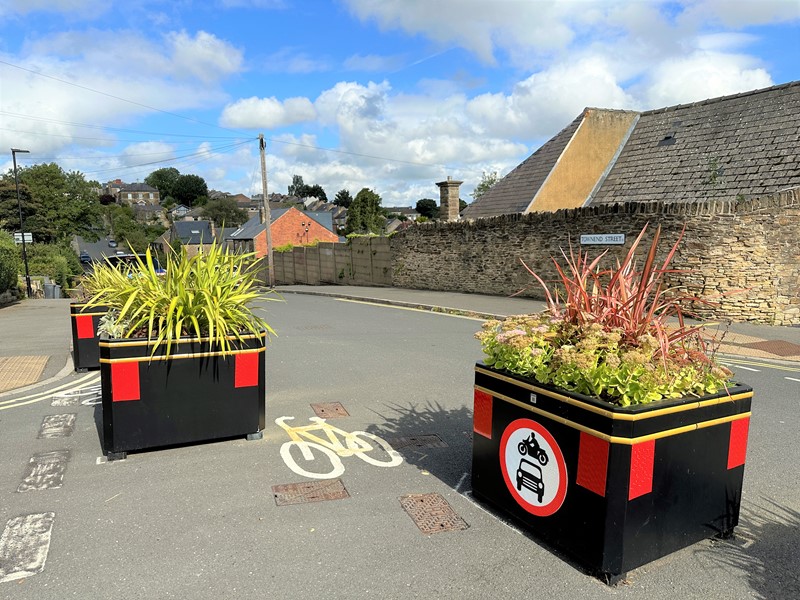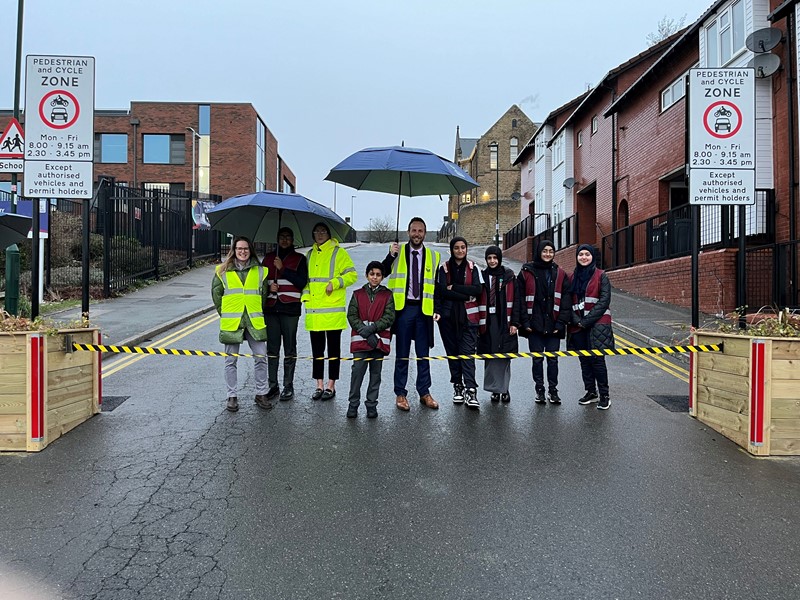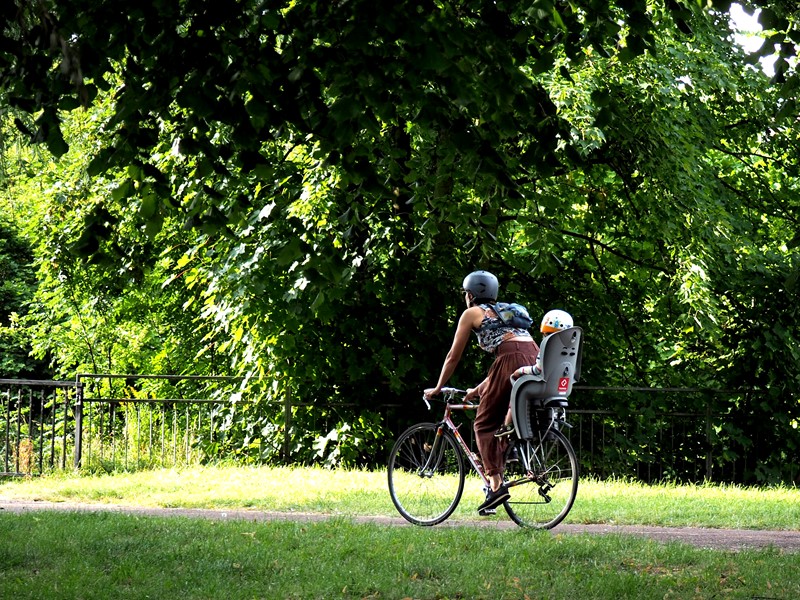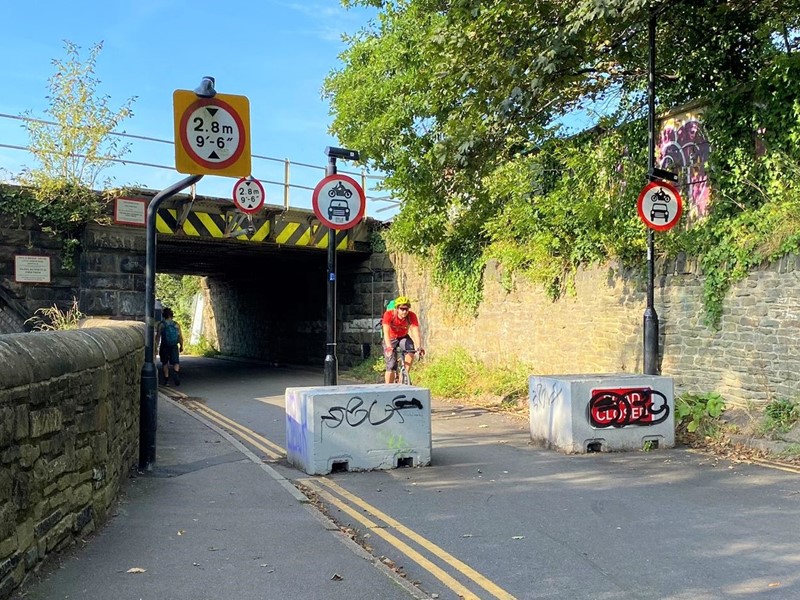Reports on the Crookes and Walkley and Nether Edge schemes will be presented to members of the Transport, Regeneration and Climate Committee, outlining the delivery of the schemes, detail on the impact the schemes have had and the results of public consultation.
Active Travel Neighbourhoods in Crookes & Walkley to be made permanent
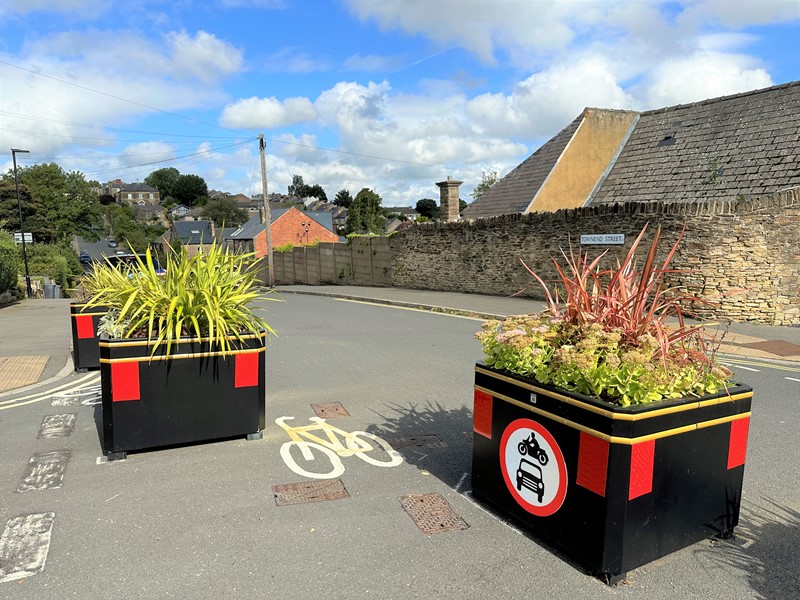
Active Travel Neighbourhoods in Crookes & Walkley are to be made permanent, following a decision at the Transport, Regeneration and Climate Policy Committee today.
The scheme in Nether Edge will be modified to reflect the views of residents, with a number of pedestrian crossings remaining in place.
The Committee considered a number of reports which outlined the delivery of the schemes, detail on their impact and the results of public consultation.
The Active Travel Neighbourhoods (ATNs) were introduced in May 2022 using Experimental Traffic Orders, also known as ETOs. Through ETOs it is possible to put in place changes to traffic movement and/or to parking arrangements on a temporary basis in order to trial whether a permanent scheme would work in the area.
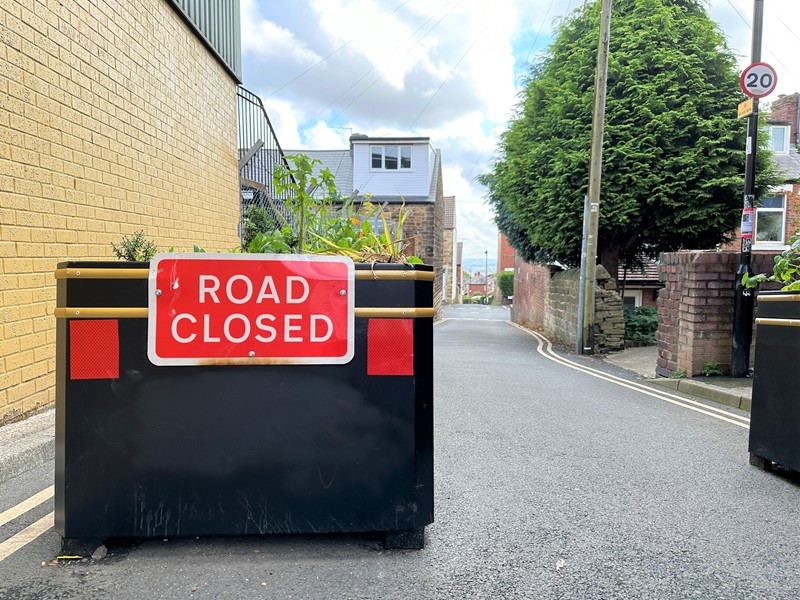
What will the new permanent ATNs include?
Crookes
- Changes to vehicle access on parts of Hands Road and Newent Lane
- School Streets – prohibition of vehicles except authorised and permit holders at Westways Primary School affecting Mona Avenue and Mona Road during school drop off and pick up times
- No waiting at any time on parts of Cobden Place, Cobden View Road, Hands Road, Leamington Street, Matlock Road, Melbourn Road, Mona Avenue, Pickmere Road, Romsdal Road, Sackville Road, Slinn Street, Townend Street and Warwick Terrace
- No waiting Mon-Fri 9am-5pm on part of Western Road
- Amendment to permit holder parking places on Crookesmoor Road
- Pedestrian crossings at Crookesmoor Road and Crookes (near School Road)
Walkley
- Changes to vehicle access on parts of Fir Street, Highton Street and Matlock Road
- One way on parts of Greenhow Street and Heavygate Avenue
- No waiting at any time on Camm Street, Greenhow Street, Heavygate Avenue, Highton Street, Matlock Road
- Pedestrian crossings at Heavygate Road
Nether Edge
- Archer Lane will be re-opened,
- Pedestrian crossings at Osbourne Road close to Union Road, and on Psalter Lane close to its junction with Stretton Road
Active Travel Neighbourhoods aim to reduce the impact of motor traffic within communities in Sheffield, making streets safer, and helping to encourage residents to use other forms of sustainable transport where possible. Overall, ATNs should:
- Create low traffic, liveable streets and neighbourhoods
- Form part of a safe, attractive, and comfortable active travel network
- Improve confidence and empower more people to walk, wheel and cycle more often, especially for shorter journeys
- Reduce or eliminate through traffic in residential areas
- Support low-carbon, energy efficient travel.
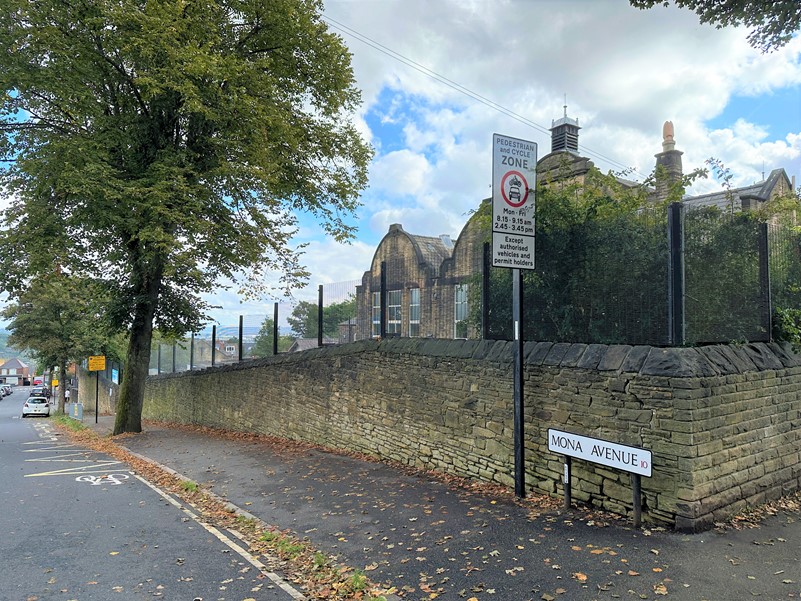
Cllr Ben Miskell, Chair of the Transport, Regeneration and Climate Policy Committee, said:
“We are committed to creating thriving and sustainable communities across Sheffield where residents feel safer cycling to the shops, walking their children to school or crossing the street.
“As a Committee we have taken into consideration the thoughts and opinions of those living in these communities, while also acknowledging our duty to do everything we can to create safer, more inclusive streets for every resident. That is why we decided to request changes to the proposed permanent schemes after listening to residents’ feedback during consultation. It was important we considered their views and ensured what will be delivered has the support of those it affects.
“These Active Travel Neighbourhoods support the work taking place across our city – providing people with a genuine choice of how to get around and giving them more confidence to choose alternative modes of sustainable transport for shorter journeys.”
For information
Details about the consultation responses be found on our Democracy site.
What is an Experimental Traffic Order and how does it work?
An ETO is a legal document which puts in place changes to traffic movement and/or to parking arrangements on a temporary basis.
They provide communities with the opportunity to experience first-hand proposed changes to the streets where they live, work and visit – rather than relying on theoretical explanations of changes before they are introduced. They are an opportunity for councils to learn lessons, before making a final decision on schemes.
An ETO can stay in force for up to 18 months while work is done to assess the impact of the proposed changes. The temporary changes in Crookes, Walkley and Nether Edge began in May 2022.
Members of the public are able to provide feedback on the scheme while the ETO is in place but formal objections must be submitted within the first 6 months of the scheme coming into force.
When an ETO comes to an end, a decision must be made whether to make the proposed scheme permanent, make amendments to the scheme and make it permanent or remove the scheme.
